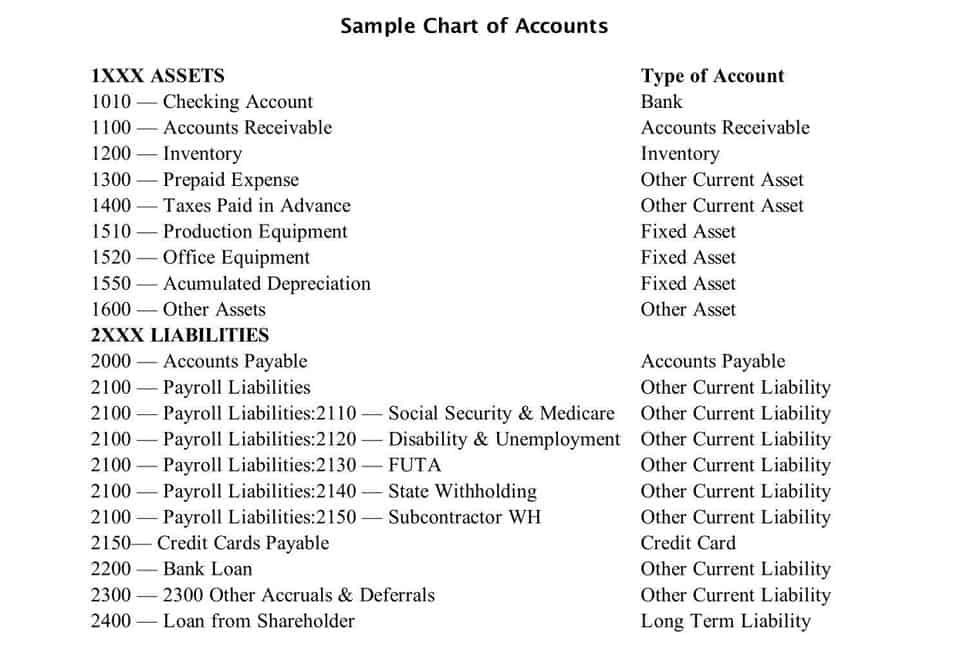
A multi-step income statement, on the other hand, separates operational revenues and expenses from non-operational ones and follows a three-step process to calculate net income. Income statements, also called profit and loss statements, are one of the major financial statements prepared by businesses. The first step in creating a single-step income statement is defining the reporting period for the document so that all the data you’re presenting single step income statement example is comparable. Generally, businesses choose to prepare income statements on a yearly, quarterly or monthly basis. But since they detail important information about the profitability of your company, it can be helpful to prepare income statements monthly or quarterly. To accurately prepare a statement, refer to our detailed guide on how to preparing an income statement to get correct information on your business’s financial health.
Ask a Financial Professional Any Question
- The company received $25,800 from the sale of sports goods and $5,000 from training services for a total of $30,800 in revenue.
- A single-step income statement is fairly straightforward and easy to complete, but there are some calculations that need to be finished before you can get the final number of your profit or loss.
- The single-step income statement offers a straightforward accounting of the financial activity of your business.
- In some periods, those non-operating revenues like sales of non-current assets could be larges.
- If there is a positive sum (revenue was greater than expenses), it’s referred to as net income.
- The single-step income statement generally groups all the revenues and expenses account into their respective categories without further breakdown.
All revenues and gains are totaled at the top of the statement, while all expenses and losses are totaled at the bottom. This simplified approach makes record-keeping easier for both the accountants who prepare the statements and the investors who read them. Shareholders need only focus on the net income figure, to gauge a company’s overall vitality. It focuses solely on revenue and expenses, providing a straightforward overview of a company’s financial results over a period of time. A single-step income statement uses a single equation (total revenues minus total expenses and losses) to arrive at net income.
Preparing Multi-Step Income Statements
Since it is based on a simple calculation, it is called a single-step income statement. All publicly-traded companies in the U.S. must adhere to Generally Accepted Accounting Principles (GAAP), which are accounting standards issued by the Financial Accounting Standards Board (FASB). Many private companies elect to follow GAAP, even though they aren’t legally obligated to do so. In any case, GAAP gives companies the option of issuing either single-step or multiple-step income statements, depending on how they’re structured. Each type of income statement presents both advantages and disadvantages.
Advantages of single-step income statements
In a simple, easy-to-read format, this type of income statement indicates whether the company is reporting a profit or a loss for the reporting period. Whether it’s multi-step or single step, an income statement is a key financial statement that shows how profitable your business was over a given reporting period. Both types of income statements show your revenue, minus your expenses and losses. The income statement is one of the three important financial statements used for reporting a company’s financial performance over a set accounting period.
- In addition to these two types of expenses, cost of goods sold also part of this expenses section.
- This includes revenues and expenses from non-operating activities, including interest and the sale or purchase of investments.
- To calculate your income tax, you then multiply your state’s relevant taxes by your pre-income tax outcome.
- Although this statement might not be extremely useful for investors looking for detailed information, it does accurately calculate the net income for the year.
Once a business becomes bigger or more complex, a single-step statement isn’t adequate, and it must shift to a multi-step income statement. Prospective lenders and investors require this kind of statement as it conforms to generally accepted accounting principles (GAAP). Single-step income statements are often used by companies that have a simple business structure, such as partnerships or sole proprietors.

Single-Step vs. Multiple-Step Income Statements: An Overview
Small businesses with a simple operating structure, including sole-proprietorships and partnerships, can choose between creating single-step or multi-step income statements. A single-step income statement offers an easy-to-read snapshot of a company’s performance and bottom line. Shareholders can immediately zone in on the net income to quickly determine how well the company is performing financially. If you need a detailed report but don’t have much time available then a single-step statement may be a better option. If you have plenty of time but need an in-depth report then a multiple-step statement might be more suitable for you.
- By regularly analyzing your income statements, you can gather key financial insights about your company, such as areas for improvement or projections for future performance.
- Internal users like company management and the board of directors use this statement to analyze the business as a whole and make decisions on how it is run.
- First and foremost, SoFi Learn strives to be a beneficial resource to you as you navigate your financial journey.We develop content that covers a variety of financial topics.
- There are several ways multi-step income statements can benefit your small business.
- In a simple, easy-to-read format, this type of income statement indicates whether the company is reporting a profit or a loss for the reporting period.

Since there are more line items and categories than on a single-step income statement, it can be harder to interpret the results. Income statement reports show financial performance based on revenues, expenses, and net income. By regularly analyzing your income statements, you can gather key financial insights about your company, such as areas for improvement or projections for future performance.

Despite the growth, it’s still a simple business with you handling the orders and managing the day-to-day. That means keeping track of sales revenues and expenses doesn’t require a complex financial statement. A single step income statement uses a single calculation and only shows net income. A multi-step income statement, by contrast, uses several calculations and shows the gross profit and operating income of the business along with net income. In general, a single-step income statement can be a good choice if your business doesn’t have complex operations and/or the need to separate operating expenses from the cost of sales.
These are all expenses that go toward a loss-making sale of long-term assets, one-time or any other unusual costs, or expenses toward lawsuits. A business’s cost to continue operating and turning a profit is known as an expense. Some of these expenses may be written off on a tax return if they meet Internal Revenue Service (IRS) guidelines.
